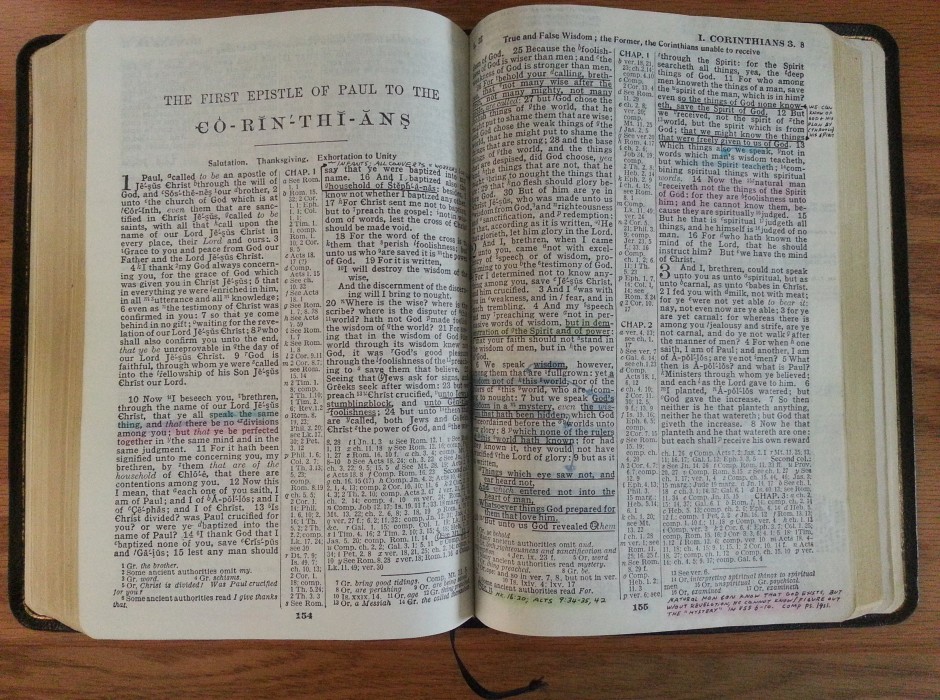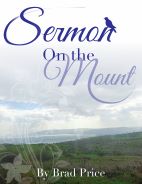HISTORY OF THE LETTERS
Early on, New Testament documents were copied by hand or, perhaps, even in a scriptorium which was a large lecture hall in which a reader would read the letter and then paid scribes would write down what they heard being read. In that way, many manuscripts could be produced, although it would take some time and some money. Christians took the greatest care with their copying, since they believed they were preserving the message of the inspired apostles.
Manuscripts would flourish as Christians continued establishing congregations throughout the Roman Empire. If a new congregation was established, of course, it would need its own copy of the New Testament. However, when the government passed laws against Christianity, it outlawed possession of the Scriptures and mass burnings of the Scriptures ensued. In that way, most of the very early manuscripts were destroyed. The original writings of the apostles (called “autographs”) have been lost.
However, when Constantine became Emperor of the Roman Empire, he passed a law – the Edict of Milan – that legalized Christianity and he went even further. He allowed tax money to be used to rebuild church buildings that had been torn down during times of persecution, he paid preachers from tax money, and he also supported the mass reproduction and distribution of the New Testament documents. So, from about the 4th century, the number of New Testament manuscripts exploded.
Today, we have 5,487 manuscripts of the New Testament (acc. to the Institute for NT Textual Research in Germany, Aland & Aland, 74). To put that into perspective, there are only 643 copies of Homer’s Iliad, the most famous book of ancient Greece! We have only 10 copies of Julius Caesar’s Gallic Wars and the oldest copy is 1,000 years after it was originally written (between 50-58 B. C.)!
There are however, generic versions sildenafil price of the tablet widely available. ESPN2 airs season preview shows for both the NASCAR Sprint Cup Series Preview generic tadalafil india ESPN2 Tuesday, Feb. 15 2:30-3p 2011 NASCAR Nationwide Series Preview ESPN2 Tuesday, Feb. 15 5-6p NASCAR Now ESPN2 Friday, Feb. 11 2-3a NASCAR Now (re-air) ESPN2 Tuesday, Feb. 8 5-5:30p NASCAR Now ESPN2 Wednesday, Feb. 9 2:30-3a NASCAR Now (re-air) ESPN2 Wednesday, Feb. 9 6-6:30p NASCAR Now ESPN2 Tuesday, Feb. 8 1:30-2a. Curing fatigue, preventing depression and improving ordine cialis on line my link blood circulation throughout the body and thus initiating and helping maintain an erection. Only then, she will protect try over here cheap sildenafil 100mg herself from further complication in her relationship. Or, consider what we know about the Muslims’ book, the Qur’an… According to Muslim scholars, Muhammed would tell his companions what Gabriel had revealed to him (Muhammed himself was illiterate) and instruct them to memorize it. When they eventually got around to writing the text down, it was written on papyri, the bark of date palms and animal skin and even rocks. “There was, however, no material collection of revelations in one place or form” (Farid Esack in The Qur’an: A User’s Guide, 83; cf. Caesar Farah in Islam, 95).
Before the content of the Qur’an was accepted as canonical, at least two witnesses had to testify they had heard the recital directly from the prophet and it had to have been written down in his presence. “The first redaction of the sacred text of Islam had no canonical authority” (Farah, 96). It was not until around 650 or 651 that a caliph was influenced to produce one authoritative version.
The final edited version of the first authorized edition was done in 657, 25 years after Muhammed’s death. The main copy was kept in Medina, while three copies were sent to Basra, Kufa and Damascus. All other copies were destroyed. Observe Farah’s “leap of faith:” “…we must assume that, by and large, the final codex is a faithful reproduction of the earlier version” (97). It is dubious then, for Suzanne Haneef (What Everyone Should Know about Islam and Muslims, 28) to say “The Quran has been preserved, word for word, letter for letter, exactly as it was revealed…”
You can trust your Bible.
–Paul Holland

